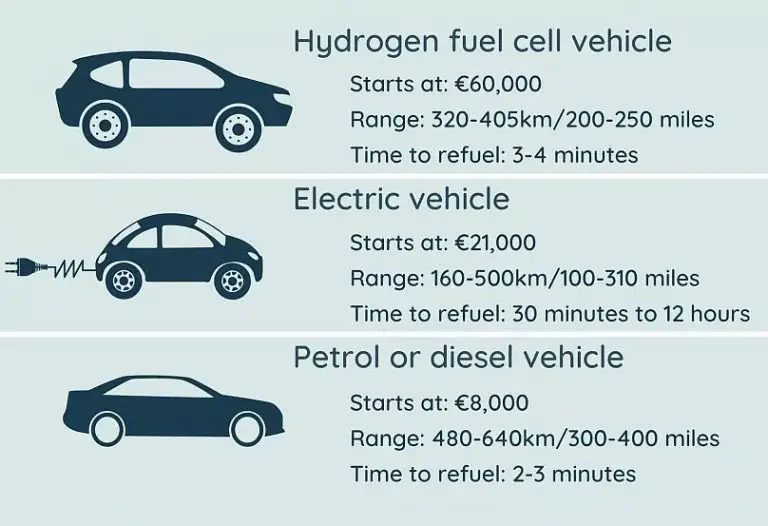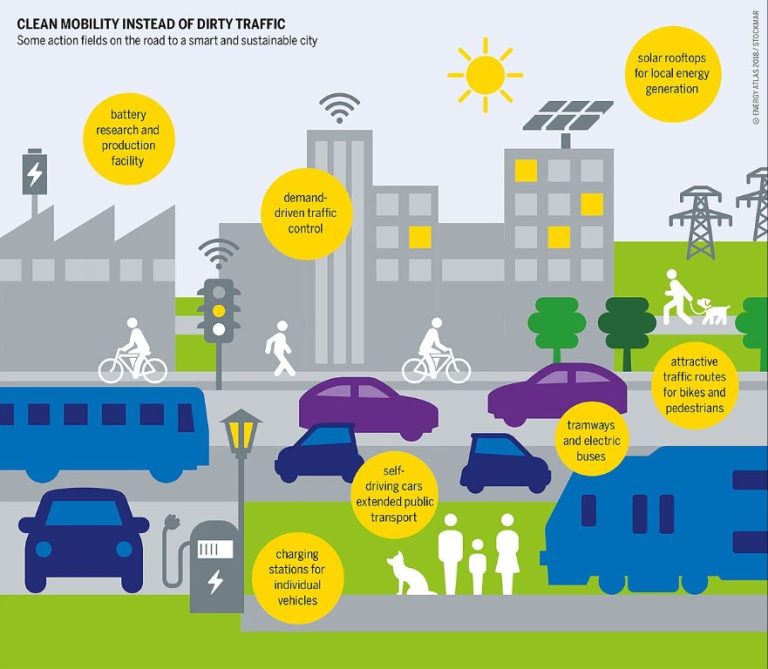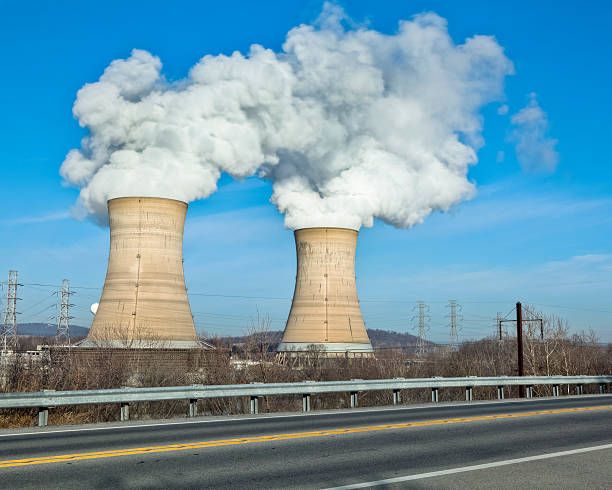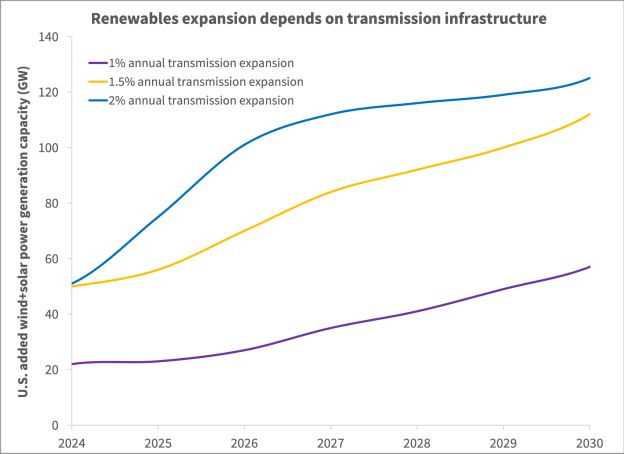How Long Will Fusion Power Last?
Fusion power refers to the generation of energy by fusing light atomic nuclei together, releasing immense amounts of energy in the process. Fusion power has the potential to provide nearly limitless clean energy by replicating the fusion reactions that power stars like our sun (Norman Augustine and Gary Hart: A Challenge to America, https://www.americansecurityproject.org/asp-board-members-norman-augustine-and-gary-hart-discuss-fusion-power-in-forbes/). Achieving fusion power on Earth could revolutionize the global energy system and provide carbon-free energy for generations. Many experts consider fusion power one of the most promising options for generating massive amounts of clean energy without harmful greenhouse gas emissions or radioactive waste (Gabriela Hearst Talks Fusion Power at United Nations …, https://www.yahoo.com/news/gabriela-hearst-talks-fusion-power-212215657.html). If fusion power becomes commercially viable, it could help mitigate climate change, improve air quality, and provide energy security for the long term. The potential of fusion power makes it one of the most exciting frontiers in energy technology today.
How Fusion Works
Fusion occurs when two light atomic nuclei collide with enough force to fuse together into a heavier nucleus. This process releases enormous amounts of energy due to the loss of mass in the fusion reaction in accordance with Einstein’s famous equation E=mc2 (1). This massive release of energy makes fusion highly exothermic and an extremely efficient way to produce energy. For example, when two hydrogen nuclei (protons) fuse together to form a helium nucleus, 0.7% of their mass is converted to energy (2).
To overcome the repulsive positive charges of two nuclei and force them together, extremely high temperatures are required, on the order of 150 million degrees Celsius. At these extreme temperatures, the nuclei have enough kinetic energy to overcome their electrostatic repulsion. The most viable fusion reaction for generating power on Earth fuses deuterium and tritium, two isotopes of hydrogen, to produce helium and a neutron (3). This reaction requires “only” 100 million degrees Celsius to initiate.
The high kinetic energy of the reactants, combined with the huge energy release from the reaction, results in a self-sustaining process that can produce massive amounts of clean energy. The energy heats the plasma, providing the high temperature needed for more fusion reactions. Some energy is captured to generate electricity, while any remaining energy keeps the plasma hot and the fusion reaction ongoing.
(1) https://www.iop.org/about/news/physics-explained/nuclear-fusion
(2) https://www.shinefusion.com/blog/how-does-nuclear-fusion-work
Fusion Fuel Supply
The main fusion fuels available on Earth are deuterium and tritium. Deuterium can be extracted from seawater, where it exists in relatively large quantities. According to the IAEA, there is enough deuterium in the oceans to provide energy for billions of years (IAEA). Tritium does not occur naturally in large quantities, but it can be produced from lithium. Natural lithium reserves could fuel fusion reactors for over 1000 years according to ITER (ITER).
The most practical fusion reaction combines deuterium and tritium, which fuse to form helium and release a neutron. This reaction takes place at lower temperatures than other potential fusion reactions. The deuterium-tritium reaction is the basis for many current fusion experiments, like those at ITER. The fuels are relatively abundant, but tritium’s short half-life presents some engineering challenges. Overall though, deuterium and tritium remain promising fuel sources for future fusion reactors (DOE).
Current Fusion Projects
Major projects around the world are currently working to harness the power of fusion energy. Some key projects include:
ITER (International Thermonuclear Experimental Reactor) – A large international collaboration building the world’s largest tokamak in France. The goal is to achieve a tenfold return on fusion energy input. ITER plans to achieve first plasma in 2025.
The National Ignition Facility (NIF) at Lawrence Livermore National Laboratory uses 192 laser beams to heat and compress a small pellet of hydrogen fuel to the point of fusion. While not yet reaching ignition, NIF experiments provide data to validate fusion science.
Princeton Plasma Physics Lab in the US operates the National Spherical Torus Experiment (NSTX), studying the physics of fusion plasmas. Researchers hope to use this knowledge to develop more compact and economical fusion reactors.
Private companies like Tokamak Energy in the UK and TAE Technologies in the US are developing their own more compact tokamak designs with the goal of economical fusion energy.
Challenges to Overcome
There are significant scientific and engineering challenges that must be overcome before fusion power becomes a viable energy source. Fusion reactions require incredibly high temperatures and pressures to force nuclei together and overcome their natural repulsion. The sun uses its immense gravity to achieve fusion, but replicating those conditions on Earth is extremely difficult.
One major challenge is creating, confining, and controlling the plasma in which fusion reactions occur. Plasma is an ionized gas heated to over 100 million degrees Celsius. At those extreme temperatures, no solid material can withstand prolonged contact with the plasma without deteriorating. Scientists use magnetic and inertial confinement to isolate the plasma from the walls of the reactor chamber, but maintaining stability remains elusive.
Another hurdle is achieving a self-sustaining fusion reaction that produces more energy than it requires as input. So far, no experimental fusion reactor has been able to reach this breakeven point, known as “ignition.” The current record held by the Joint European Torus (JET) reactor is releasing 59% of the input energy. Reaching ignition will require advances in superconducting magnets, plasma control, and other areas.
Even after ignition is achieved, there are engineering challenges in capturing the energy produced and converting it into usable electricity on a large scale. The high-energy neutrons released during fusion reactions will degrade reactor components over time. New materials capable of withstanding the harsh environment are needed.
Despite significant progress, most experts think practical fusion power plants are still decades away. Government and private investment is ramping up, but unlocking the promise of limitless clean energy remains an extremely difficult scientific and engineering problem.
Future Outlook
Many experts predict that fusion power could become commercially viable in the 2040s or 2050s. According to the Future Timeline blog, recent breakthroughs in cooling efficiency have significantly reduced the projected costs of future fusion plants (source). This makes fusion more economically competitive with other forms of energy generation.
The Wendelstein 7-X stellarator in Germany and the ITER tokamak project in France, currently under construction, hope to demonstrate steady state plasma operation and energy gain by 2025-2035. If successful, they could pave the way for the first commercial fusion power plants in the 2040s.
However, challenges remain. Controlling plasma efficiently for long durations and in reactor relevant conditions needs further research. Economic viability also depends on scaling up to higher plasma performance and development of low-activation structural materials. But if these challenges can be overcome, fusion may provide safe, clean and virtually limitless energy within the next few decades.
Environmental Impact
Unlike nuclear fission power, fusion power is expected to have minimal radioactive waste and pose little to no risk of severe accidents that release radiation. This is because fusion fuels like deuterium and tritium have short half-lives and decay rapidly. According to a 1974 study, fusion reactors are expected to produce 100-300 times less radioactive waste than fission reactors. Fusion only produces small amounts of radiation within the reactor chamber itself and does not produce large volumes of radioactive waste that require long-term storage and disposal.
Researchers at the Culham Centre for Fusion Energy estimate the costs of managing fusion’s radioactive waste to be much lower than fission. Fusion power systems will utilize low-activation materials to minimize amount of radioactive waste. Overall, fusion is expected to have minimal environmental impact compared to existing energy sources.
Economic Viability
Analyzing the projected costs of fusion electricity compared to alternatives is critical for understanding if fusion power will be economically viable. Despite significant advancements, fusion power still faces challenges to become cost-competitive with other energy sources. According to a National Academies report, “The High-Field Path to Practical Fusion Energy” (https://sites.nationalacademies.org/cs/groups/bpasite/documents/webpage/bpa_184790.pdf), the initial capital costs of fusion plants are projected to be high due to complex facilities and equipment. However, studies show fusion electricity costs could decrease over time and eventually be competitive with alternatives like fission or natural gas. Key factors impacting costs include high-field magnet technology, efficiency improvements, and economies of scale as more plants are built. Overall, more research and innovation are still required for fusion to be economically viable on a wide scale. But if challenges can be overcome, fusion holds promise as an abundant, safe and environmentally-friendly energy source.
Lasting Timeframe
Fusion power plants would rely on relatively abundant fuels that could theoretically last for millions of years on Earth. The most promising fusion fuel is a combination of deuterium and tritium. Deuterium can be readily extracted from seawater, and there are enough deuterium reserves in the oceans to provide fuel for billions of years.
According to the Institute of Physics, there is enough deuterium fuel in the ocean to provide 10 billion years’ worth of energy consumption at our current global rate. Tritium supplies are more limited, but tritium can be produced in the fusion plant itself by reactions involving neutrons with lithium. Lithium reserves could potentially supply tritium fuel for hundreds or thousands of years.
Overall, the potential longevity of fusion power is extraordinary compared to current energy sources like fossil fuels or uranium for fission, which may last less than a century or two at our increasing consumption rates. If realized, fusion power could provide clean energy for thousands or even millions of years into the future.
Conclusion
In summary, fusion power holds great promise as an abundant, clean energy source that could provide humanity with virtually limitless energy. Research into fusion technology has made major strides, with several large-scale fusion projects underway or planned for the near future. While challenges remain, such as containing the plasma, net energy gain, and economic viability, the outlook is optimistic that these hurdles can be overcome within the next few decades.
If fusion power becomes commercially available, it could revolutionize the world’s energy system. Fusion fuel supplies would last for millions of years, with minimal environmental impact. The zero-carbon emissions would be a major benefit in mitigating climate change. While the initial costs are high, fusion power plants could provide safe, reliable, and cheap energy. With continued research and investment, humanity may enter an era of clean, unlimited fusion energy within our lifetimes.






